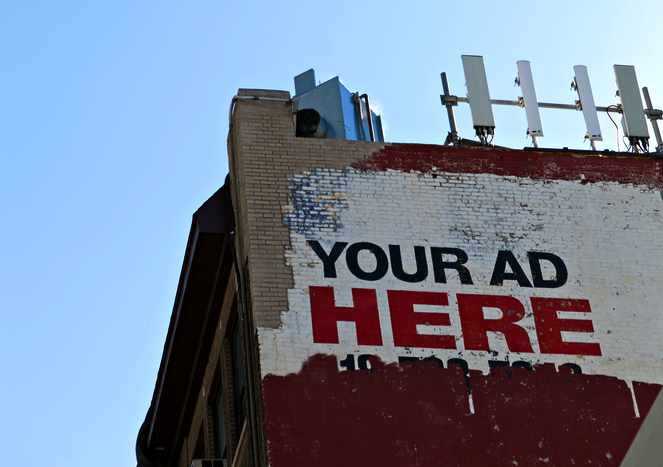UK publishers, agencies react to new native ad labeling rules

Concerns about the proper way to disclose native advertising are as pressing in the U.K. as they are in the U.S.
On Monday, IAB U.K. released its first guidelines around native ad disclosures, which it hopes will help publishers figure out the rules of the road in the still-nascent space. Their recommendation? Publishers should “provide consumers with prominently visible visual cues” that tell them when an article is from advertisers.
This labeling can include prominent brand logos, different color shading around the ad, or even an entirely different font. The IAB U.K. also said that publishers should include wording such as “paid promotion” or “brought to you by,” which clearly tells readers that there’s a commercial arrangement between the publisher and an ad sponsor.
The narrative is similar in the U.S., where publishers are also constantly tweaking and reworking how they label their native ads. The New York Times and BuzzFeed, for example, have repeatedly tweaked their native ad labeling in an effort to create good brand experiences while also giving readers clear signs that they’re reading ads. But it’s a tough balance. Native advertising is attractive to brands because it looks like the content around it, and going too overt with labeling risks pushing readers away.
Publishers in the U.K. recognize the pressure on both sides “We don’t want to put people off reading things with a label that says ‘this content isn’t as good,’” said Matt Cory, managing director of The Telegraph’s Create branded content studio. But he said that, fundamentally, the IAB’s guidelines are a positive development. “It helps if things are consistent, and we would rather have guidelines than regulations,” he said, adding that The Telegraph’s native ad labeling policies are already in line with the IAB U.K.’s guidelines.
The IAB U.K.’s move comes as native advertising has grown to a $330 million industry in the U.K., accounting for 21 percent of overall ad spending last year. U.K. publishers, like their U.S. counterparts, see native advertising as their next growth business, which is why many are keen on making sure the industry takes the right approach.
“Readers hate feeling tricked into reading commercial content and publishers and advertisers alike need to realize the corrosive effect this has on reader trust,” said Anna Watkins, managing director of Guardian Labs U.K. “If just one advertiser or publisher muddies the waters by failing to be transparent about the funding of the content they’re delivering, the whole sector suffers.”
Agencies also appreciate the IAB U.K.’s approach so far. “What I like about native is that it gives you creative freedom that digital allows, so I’m glad these new guidelines aren’t too restrictive,” said Starcom MediaVest Group digital strategy director Liam Brennan. “Right now, there are some cowboys playing around with the format, so anything that gives readers more transparency is a good thing.”
More in Media

Media Briefing: Publishers who bet on events and franchises this year are reaping the rewards
Tentpole events and franchises are helping publishers lock in advertising revenue.

With Firefly Image 3, Adobe aims to integrate more AI tools for various apps
New tools let people make images in seconds, create image backgrounds, replacing parts of an image and use reference images to create with AI.

Publishers revamp their newsletter offerings to engage audiences amid threat of AI and declining referral traffic
Publishers like Axios, Eater, the Guardian, theSkimm and Snopes are either growing or revamping their newsletter offerings to engage audiences as a wave of generative AI advancements increases the need for original content and referral traffic declines push publishers to find alternative ways to reach readers.






